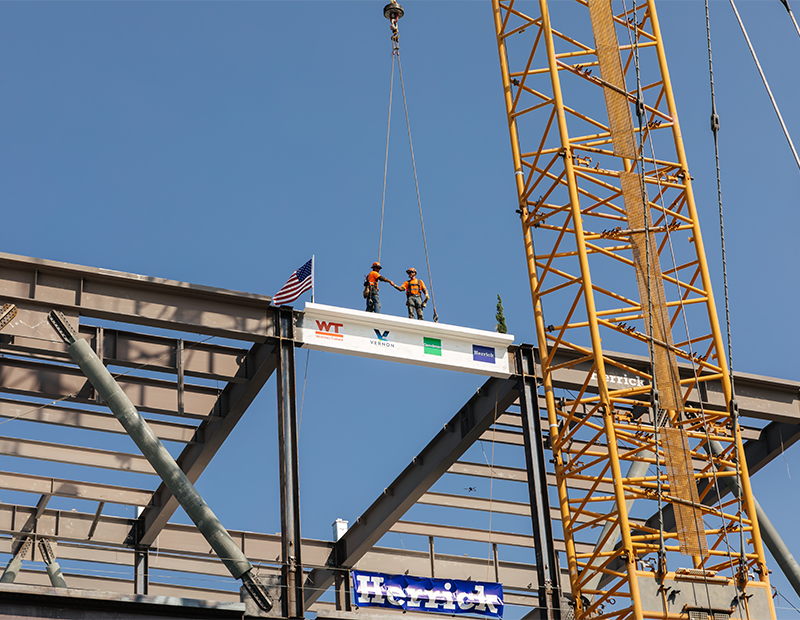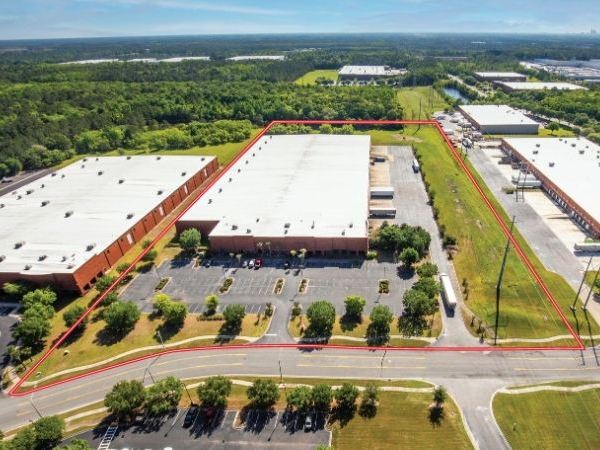What’s on the Radar for Tampa Office Investors?
Colliers International Executive Managing Director Bill Reeves sheds light on the current state of Tampa’s office landscape and reveals what type of assets are investors targeting.

Bill Reeves, Executive Managing Director, Colliers International. Image courtesy of Colliers International
Given the strong economic fundamentals, and as a metro still in the expansion phase of the real estate cycle, Tampa’s office market is positioned for more growth. Considering this favorable environment, Tampa has become a hotspot for investors.
In the interview below, Colliers International Executive Managing Director Bill Reeves, located in the company’s Tampa office, reveals what investors are looking for in the area. He also discusses how owners of existing office properties can remain competitive in this fast-evolving sector.
What can you tell us about Tampa’s office market in terms of demand and supply?
Reeves: Overall, office vacancy in Tampa as of the end of the second quarter of 2019 has increased to 12.8 percent, slightly above the five-year average of 12.7 percent. So, the supply has been consistent. Net absorption, or the change in the supply of space over a specific period of time, however, is more telling. After 20 consecutive quarters of positive space absorption, the second quarter of 2019 recorded negative net absorption of more than 250,000 square feet. The 176,000 square feet suburban office/medical building vacated by Laser Spine Institute was the largest contributor to this statistic, but certainly not solely responsible.
Tampa currently has projects in the pipeline such as the 56-acre Water Street Tampa, which will include 1 million square feet of office space. How will this impact the market in the future?
Reeves: It’s been more than a decade since we’ve seen speculative development in Tampa and it’s an exciting time for sure. With Water Street adding 1 million square feet of office space to our downtown, and the mixed-use development named Midtown Tampa in the Westshore submarket adding 150,000 square feet in its first phase, office space users have an incredible opportunity. Both projects are mixed-use, offering employers the live-work-play environment that is critical when recruiting today’s evolving workforce. As a result of these new projects, the owners of existing office buildings are hoping to compete by upgrading building amenities and funding major renovations.
READ ALSO: SPP Breaks Ground on Tampa Office Project
What type of assets are investors looking for?
Reeves: Core and, to some extent, core plus assets with stable rent rolls and limited capital improvements needed are on everyone’s radar. Value-add properties are still a challenge. Sellers with realistic pricing expectations have a great opportunity to take advantage of market conditions, as investors looking to place capital are pushing the prices of good properties higher and higher, narrowing opportunities for yield.
What is the number one factor that investors should consider when investing in Tampa’s office market? What are the main challenges in the sector?
Reeves: Although no market is immune from fluctuations in the global and national economies, Tampa Bay’s fundamentals are strong. Our unemployment rate and cost of living index are both below the national average, and our population growth is projected to grow 8.7 percent by 2024, more than both the State of Florida and nation. But with growth come challenges, and we do not have a solid public transportation option yet to support our community. Solving the transportation riddle is on all of our civic and business leaders’ agendas.
What trends or patterns have you noticed in Tampa’s office market in the past few quarters? What are your expectations going forward?
Reeves: Tenants with upcoming lease expirations are experiencing sticker shock as they evaluate their options in this market. Leases signed five, seven or ten years ago had the advantage of negotiating in a recovering economy. At the end of the second quarter of 2019, the average rental rates in Tampa Bay increased 9.4 percent over the prior 12 months. A very significant increase. As a double whammy, the cost to construct a tenant improvement project has followed a similar increase percentage, but landlords are resisting raising their improvement allowances proportionately, forcing tenants to self-fund or scale back needed construction projects.







You must be logged in to post a comment.